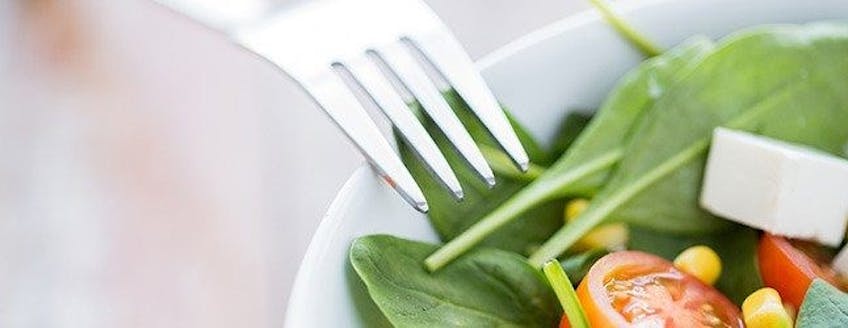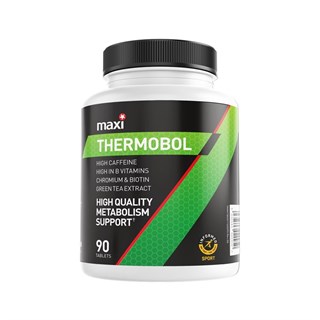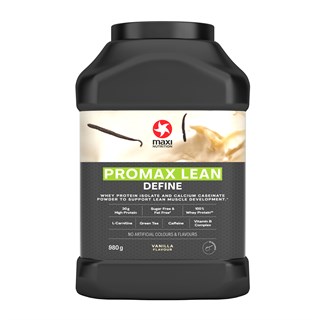Everyone is on a diet of some kind; you may be trying to eat healthy - eating more of this and less of that. Your diet should be specific to you, your goal and your lifestyle but with so many contradicting opinions on nutrition, what is the best diet plan for you? Let’s take a look at 5 of the most popular, what’s involved, their benefits and concerns.
The 5:2 Diet Explained
This diet is based on the principle known as intermittent fasting and is usually prescribed for weight loss. Its popularity maybe due to the fact that for 5 days per week you don’t need to be restrictive about your calorie consumption, although you should still follow a healthy diet and lifestyle. Whilst the remaining 2 days there is a calorie restriction of 500-600 per day but no restriction on the type of food you obtain these calories from.
Benefits of the 5:2 Diet
Having just two days of restricted eating will appeal to some and means sticking to the plan is more achievable than one based over seven days of eating a healthy balanced diet, which can be confusing. On calorie restricted days you can only lose weight, since you will create a negative calorie balance where you burn more calories than you consume.
Concerns
On the two calorie restricted days, you may feel low on energy, irritable, dizzy and have a lack of concentration which may affect daily tasks and muscle tissue loss may occur with weight loss, which can have a negative affect your metabolism.
The Paleo Diet Explained
This diet, also known as the caveman diet is based on the dietary habits of our ancestors before the development of agriculture during the Palaeolithic era. The diet contains foods that can be hunted such as meat and fish or gathered such as eggs, nuts and vegetables but excludes foods that are produced through agriculture or processed like whole grains, dairy products, refined sugar or salt.
Benefits of the Paleo Diet
The diet encourages the reduction of processed foods and high calorie foods, which could help produce a healthier diet. People on the Paleo diet have reported feeling less bloated and due to the protein intake having an improved ability to increase muscle. Due to eating less processed food, some people find that their calorie intake reduces, helping to create a negative energy balance and therefore supporting weight loss.
Concerns
With restrictions on the food sources you can consume, it raises the potential for nutritional deficiencies and since restrictions also apply to the food fed to livestock, selected foods like grass feed meats can become more expensive or difficult to locate, meaning the diet can be harder to follow.
Low Carb Atkins™ Diet Explained
The original low carbohydrate, high protein diet designed to help you lose weight. There are four phases to the Atkins diet; the induction phase, the second stage, pre maintenance phase and the lifelong phase; the first three phases focus on weight loss and the last phase on maintaining weight.
The induction phase lasts for at least two weeks, during which you consume food that is high in protein and fat with virtually no carbohydrates. In stage two and three your carbohydrate intake (predominately from fruit and vegetables) is slightly increased at each time before finally maintaining your carbohydrate intake during phase four.
Benefits of the Atkins Diet
You can lose weight quickly which can help motivate you to continue and the omission of processed carbohydrates and alcohol from your diet has health benefits.
Concerns
Initial effects of this diet include bad breath, tiredness, dizziness and constipation. As the Atkins diet contains a high fat intake then it’s possible that saturated fat intake could be increased and nutritional deficiencies could occur as it doesn’t provide the balanced healthy diet that’s recommended.
Dukan Diet Explained
This is a low carbohydrate, high protein diet and like the Atkins Diet is split into four phases. There are no restrictions on how much food you can consume during the phases just that you are required to adhere to the rules in each phase. Phase one is restricting your foods to just lean proteins like chicken, eggs and fish which is for 5 -10 days, during which you are to ban the consumption of carbohydrates. The next two phases see a gradual increase in carbohydrates consumption from a restricted food list, with the aim of 2lb of weight loss per week. The last stage has no time limit and is to maintain a healthy balanced diet, allowing one day per week as a protein only day.
Benefits of the Dukan Diet™
This diet appeals to a lot of people as it’s easy to remain motivated due to continued weight loss and the fact you don’t need to restrict calorie intake.
Concerns
The lack of whole grain, fruit and vegetables will potentially lead to deficiencies in your diet which is not healthy and the reported side effects of bad breath, insomnia, tiredness and nausea will put a lot of people off.
Gluten Free Diet Explained
This diet was designed for those that are allergic or have sensitivity to gluten. Gluten is a protein found in wheat, oats and barley which is associated with causing gas, bloating, fatigue and weight gain.
Benefits of the Gluten Free Diet
Those that have removed gluten say they feel better and it’s still possible to maintain a healthy balanced diet especially with the range of gluten free products in the market.
Concerns
Removing gluten from your diet can be difficult and time consuming with the need to read food labels and manage your diet, especially if you are out at restaurants or around friends.
Summary & Conclusion
All diets have a place in our life but going on a diet in the first place is an acknowledgment that a change is required from the food you consume. When it comes to the best diet plan, it depends on your own choices. Consider whether it’s sustainable and how easy it is implement into your lifestyle, as these will determine whether it’s a success or if you’ll give up after a few weeks.
Maximutrition believe for long term weight loss it really comes down to following a healthy calorie-controlled, portion controlled diet that is suitable for your body size and activity level. Your daily calories should be based around starchy carbohydrates, lean sources of protein, good fats and plenty of fruit and vegetables providing your body all the nutrients to get the most from life.


















